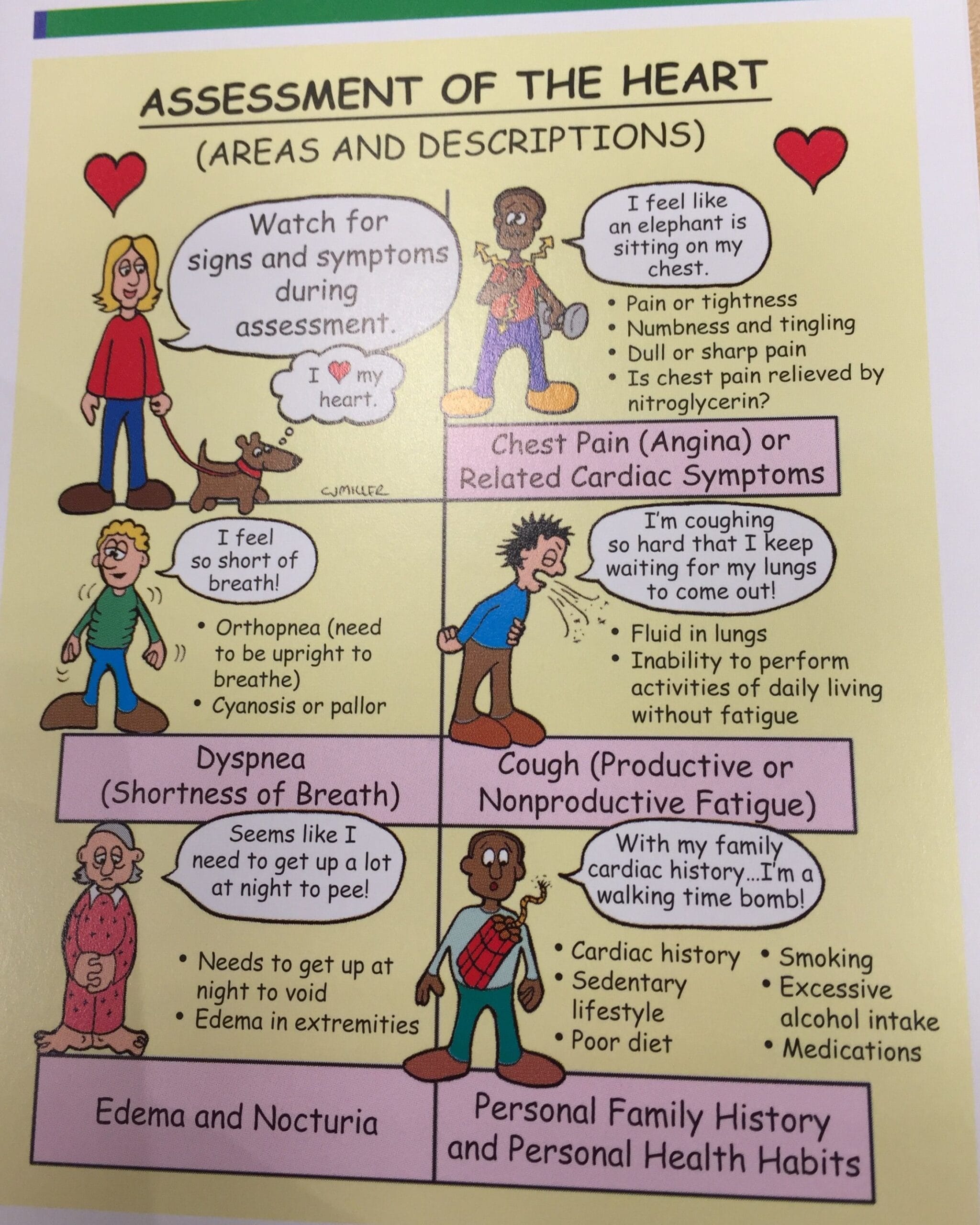The Centers for Disease Control and Prevention (CDC) recently released updated mortality data, reaffirming cardiovascular disease as the leading cause of death in the United States. This data underscores the continued significance of heart disease and stroke as major public health concerns. Cardiovascular disease encompasses a range of conditions affecting the heart and blood vessels, including coronary artery disease, heart failure, stroke, and high blood pressure. The data highlights the need for ongoing efforts in prevention, early detection, and treatment of these conditions.
The release of this data coincided with renewed public health discussions regarding the consumption of red meat. Numerous studies have investigated the association between red meat consumption and an increased risk of cardiovascular disease. These studies have explored different aspects of red meat consumption, including the type of red meat, the frequency of consumption, and the overall dietary pattern. The findings from these studies have been varied, with some showing a clear link between high red meat intake and cardiovascular risk, while others have found more nuanced relationships.
Several factors may contribute to the complexity of establishing a definitive link between red meat consumption and cardiovascular disease. These factors include the presence of other dietary components, individual genetic predispositions, and lifestyle choices. For example, individuals who consume high amounts of red meat may also have other lifestyle factors that contribute to cardiovascular risk, such as physical inactivity, smoking, or high alcohol consumption. Separating the independent effects of red meat from these other lifestyle factors presents a significant challenge in epidemiological research.
The ongoing debate surrounding the role of red meat in cardiovascular health highlights the importance of a balanced and varied diet. Dietary guidelines often recommend limiting the consumption of processed red meat and choosing leaner sources of protein. However, the optimal amount of red meat consumption remains a subject of ongoing research and debate. Individual dietary needs and preferences can also vary depending on factors such as age, activity level, and overall health status.
Public health organizations continue to emphasize the importance of a healthy lifestyle that includes a balanced diet, regular physical activity, and avoiding smoking. These lifestyle factors have been consistently linked to a reduced risk of cardiovascular disease, regardless of the specific amount of red meat consumption. Therefore, the focus on promoting healthy lifestyle choices remains crucial in addressing the burden of cardiovascular disease in the United States.
The complexity of the relationship between diet and health necessitates further research. More studies are needed to clarify the specific mechanisms by which red meat consumption may affect cardiovascular health. These studies should also consider the influence of other dietary factors and lifestyle choices. Such research will be essential in informing public health recommendations and promoting strategies for preventing cardiovascular disease. In the meantime, maintaining a balanced diet, prioritizing regular exercise, and managing other risk factors remain critical for cardiovascular health.
The current data from the CDC underscores the vital role of public health initiatives in addressing cardiovascular disease. These initiatives should focus not only on promoting healthy dietary patterns but also on encouraging overall healthy lifestyle choices. Early detection and treatment of cardiovascular disease are also crucial in improving patient outcomes. The ongoing dialogue surrounding the potential health risks associated with red meat consumption serves to highlight the importance of continued research and evidence-based public health recommendations. By working together, researchers, healthcare professionals, and public health organizations can continue to make progress in preventing and managing cardiovascular disease, the leading cause of death in the United States.



